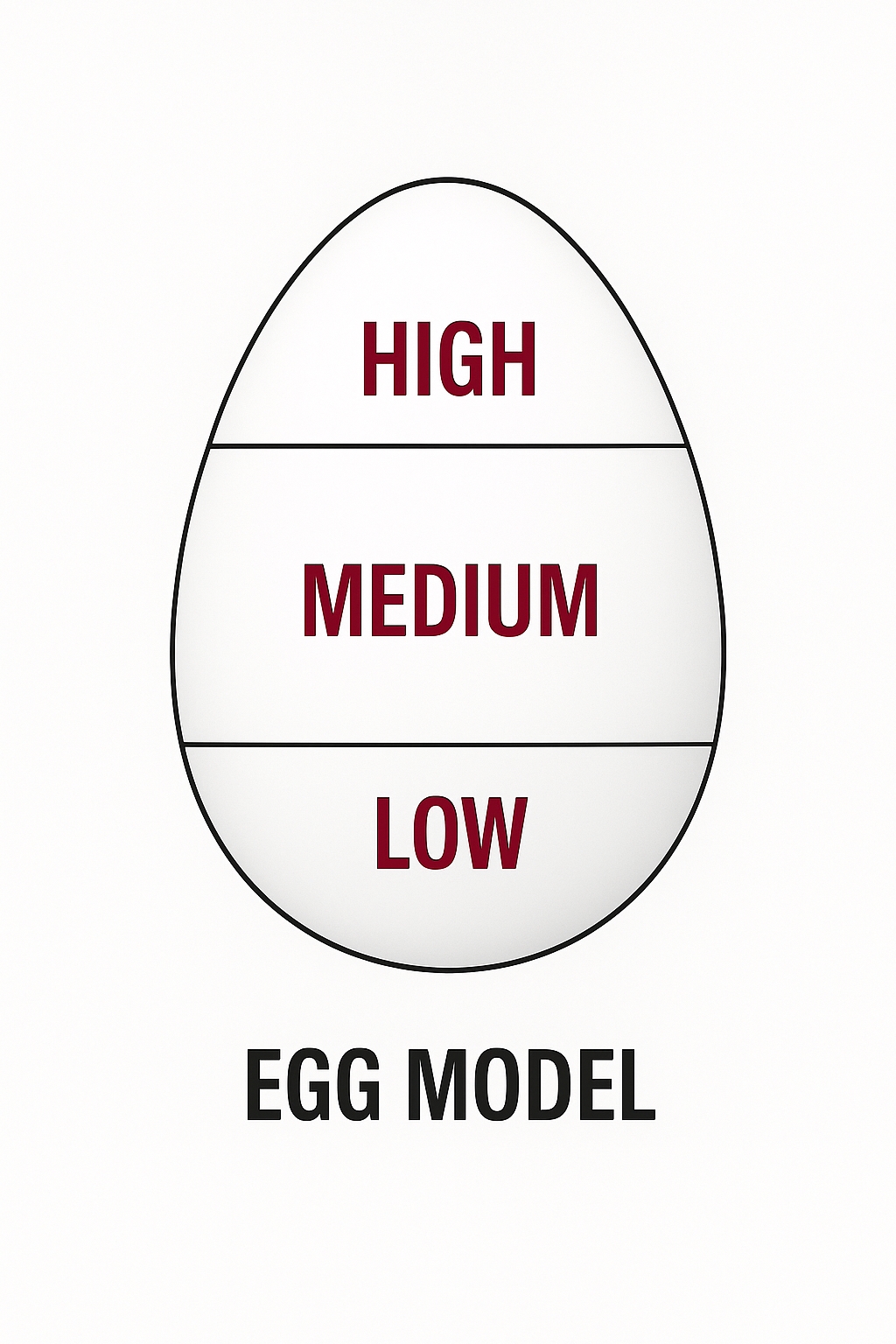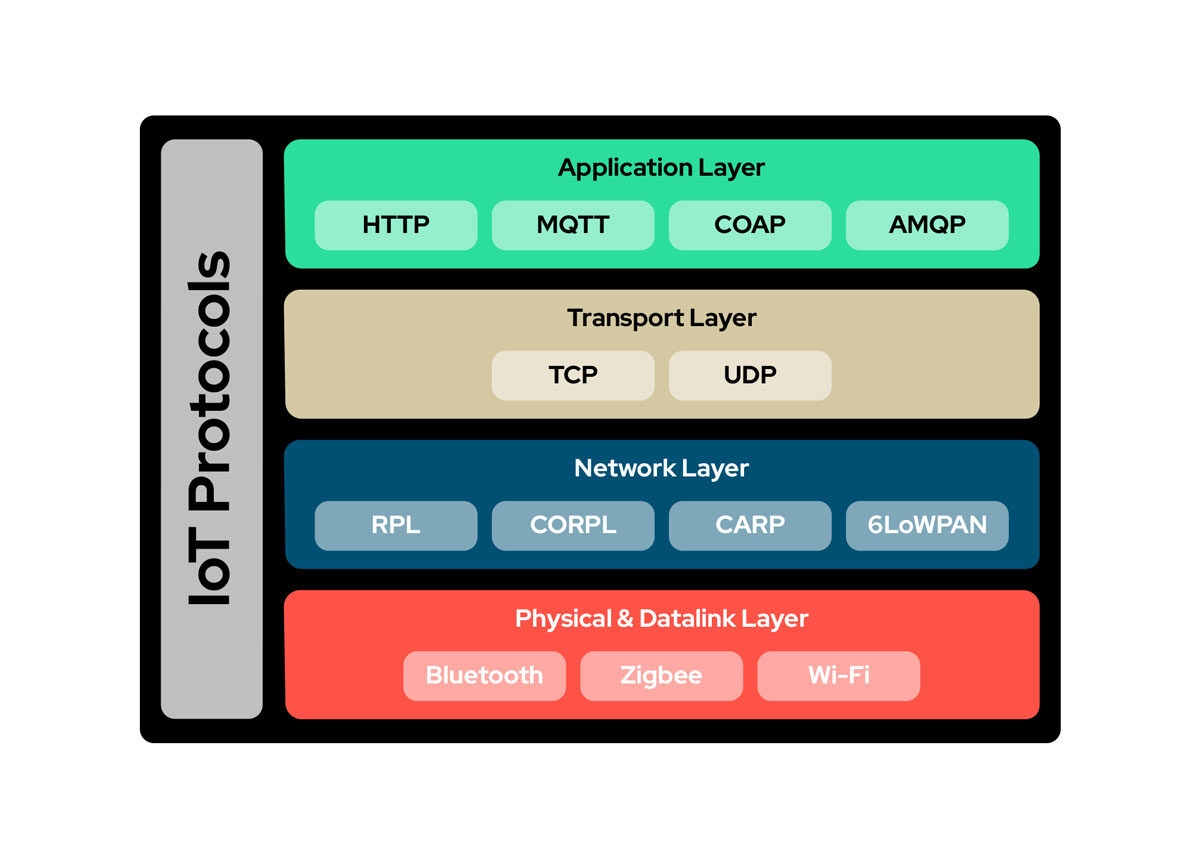Overview
AIoT, the combination of artificial intelligence and the Internet of Things, integrates AI capabilities into IoT devices. AIoT SoC chips are integrated system-on-chip solutions used as main controllers in AIoT devices. With the growing number of connected devices and wider adoption of AI technologies, demand for AIoT SoC chips is increasing.
Definition
AIoT refers to applying AI to endpoint devices in the IoT. An AIoT SoC is a system-on-chip that integrates processor cores, memory, input/output interfaces, controllers, and other functional modules. These SoCs support AI processing, audio and video processing, intelligent voice, and other functions, and are used in smart appliances, IoT systems, smart homes, industrial IoT, smart cities, intelligent warehousing, wearable devices, and similar fields.
Classification
IoT architecture is commonly described in four layers: perception, transmission, platform, and application. Processor chips collect and process external information and provide data integration. At the perception layer, AIoT chips include SoCs, MCUs, communication chips, and sensors.
Industry Characteristics
The AIoT sector, as a new direction in IoT, has potential to integrate across many industries and will play a role in smart internet, intelligent manufacturing, education, finance, homes, and healthcare. Key characteristics of the AIoT SoC industry include:
- High integration and a trend toward increased intelligence. AIoT SoCs integrate multiple functional modules such as CPU, GPU, DSP, VPU, buses, and interfaces, and often include power management and peripheral control. They typically integrate multiple AI modules to handle audio and video data, offering higher compute and lower power consumption compared with MCUs and improving device interactivity and intelligence.
- Expanded application scenarios and diverse user requirements. The data flood from pervasive sensing and connectivity will merge deeply with various industries, driving industrial IoT. Specialized application scenarios, such as security monitoring, autonomous driving, and online healthcare, demand low-latency real-time processing and strong privacy protection. AIoT SoCs are widely applied in smart audio and video, smart home, security, and commercial/office AIoT solutions. Given the diversity and complexity of use cases, AIoT SoCs often require tailored development and optimization for specific scenarios.
- Industry growth driven by IoT development. The growing number of IoT devices and broad AI adoption continue to increase market demand for AIoT SoCs.
Development History
AIoT SoCs have evolved from analog to digital, from basic processing to analysis and recognition, and then to deep learning capable designs. Advances in semiconductor processes and design techniques have enabled a shift from standalone intelligence toward interconnected intelligence, expanding applications from consumer home products to industrial use cases.
Industry Chain Analysis
The upstream of the AIoT SoC industry includes suppliers of semiconductor materials, semiconductor equipment, and EDA tools, which provide production materials, equipment, and design, simulation, and testing support. Examples cited in this context include TSMC and UMC, equipment suppliers such as Applied Materials and ASML, and EDA providers such as Synopsys and Cadence. The midstream consists primarily of chip design, which requires strong technical accumulation and innovation; examples of design companies include Huawei, HiSilicon, and UNISOC. The downstream includes smart hardware manufacturers and system integrators.
 ALLPCB
ALLPCB








